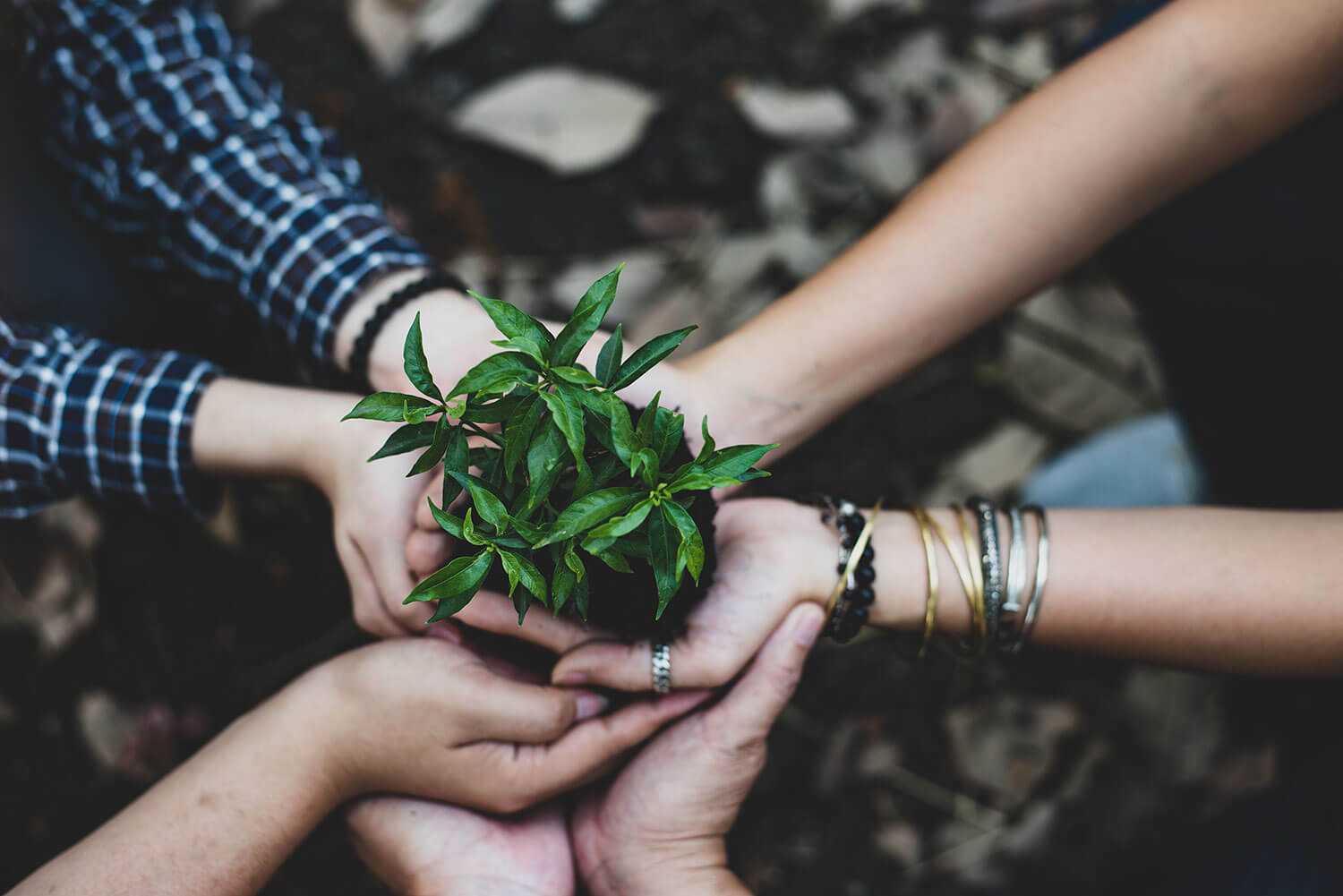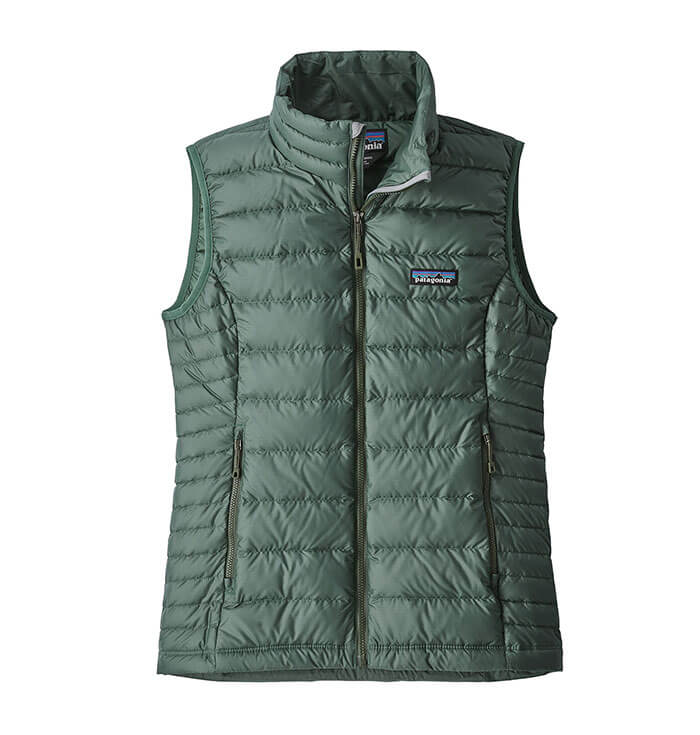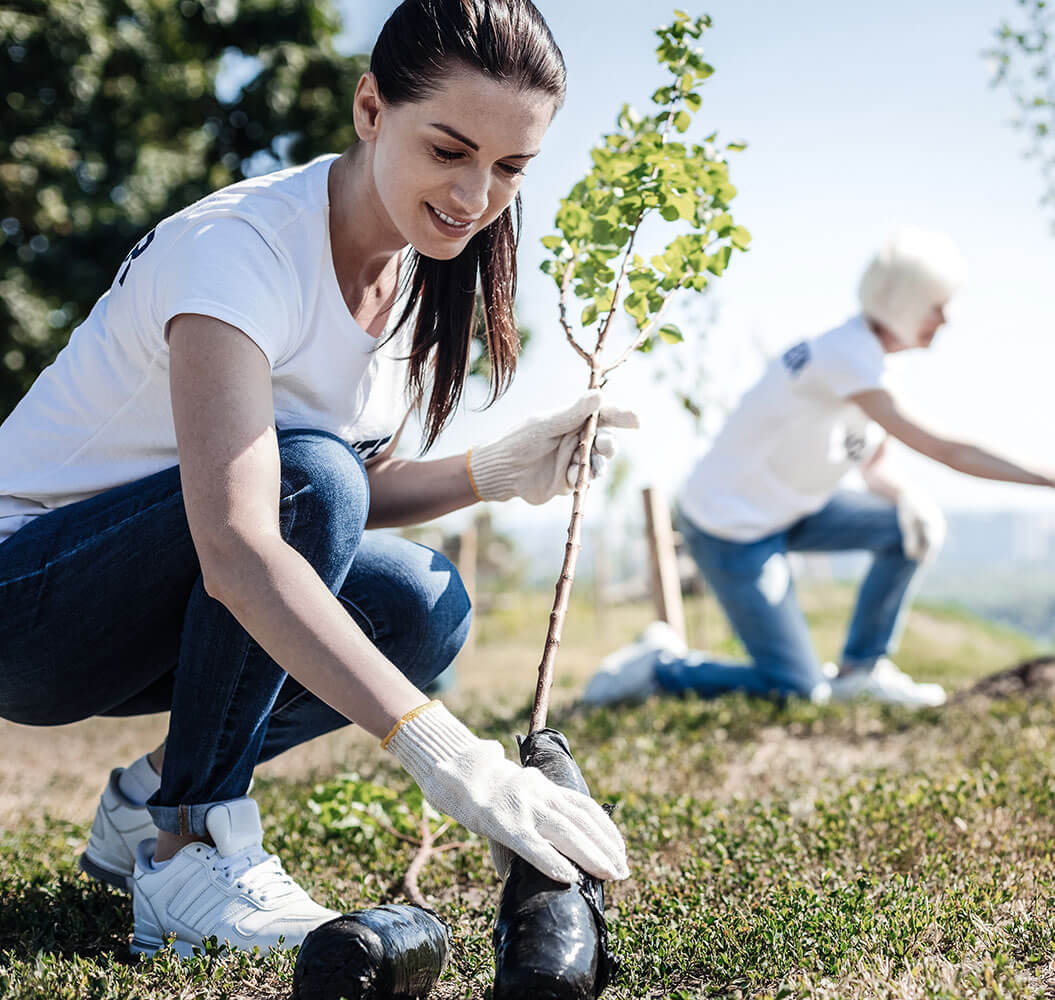Save Money With These Green Sustainability Tips
You put a lot of effort into making eco-friendly, socially responsible purchases. From the clothing you wear to the car you drive, you’ve likely given a lot of thought to which organizations and products your dollars support. However, many people don’t know how to practice sustainable living in a more holistic way.
If you’re wondering what you can do further to protect our planet, this guide is for you. These simple, effective and eco-friendly tips will help you further your efforts to make the world a cleaner and healthier place. What’s more is that many will save you money, too! Are you ready to begin living more sustainably? Read on to discover these green tips to help your lifestyle today.
Save energy
Saving energy is, of course, good for your wallet. As you decrease your electricity usage, you’ll notice a drop in your utility bills, too! in addition to saving you money, though, conserving energy helps keep the planet healthy. Our energy use as humans doesn’t have as obvious an effect on the environment as, say, throwing trash into landfills. However, energy use does have a very real impact on the planet. The first way our energy consumption impacts the sustainability of our planet is the greenhouse effect. When you reduce your usage you’re helping keep toxic fumes from entering the atmosphere – fumes produced by power plants. Carbon dioxide, nitrogen oxide and sulfurous gases are a few of these toxins.
Secondly, when we reduce our energy use we also reduce the consumption of natural resources. Coal, natural gas, wood and other resources are conserved when we decrease our use of power.
You can save energy in very simple ways. Consider:
Washing your clothing on a cold cycle
Hanging your clothes to dry
Ensuring that your home is properly insulated
Skip the “dry” setting on your dishwasher
Install a programmable thermostat
Use ceiling fans instead of the air conditioner
These are just a few ways you can reduce your use of energy, and enjoy the benefit of lower utility bills.
Replace your lightbulbs
Replacing your lightbulbs will save energy, but we thought the tip deserved a category of its own. When you visit the local hardware store, you’ll notice that there are dozens of types of lightbulbs. You’ll find different wattages, of course, but as you shop you’ll also notice incandescent bulbs, CFLs, LEDs and more. In the past, most people chose incandescent bulbs. These bulbs are generally the cheapest to purchase; you can pick up several for just a few dollars. However, in the long run these bulbs use more energy and will be more expensive to operate. Plus, they’re not as good for the planet as other options.
By making an initial investment and switching to LED or CFL bulbs, you can save money and protect the planet. CFLs are said to pay for themselves (in energy cost savings) in about nine months. They’ll last around nine times longer than an incandescent bulb, so you won’t have to replace your CFL bulbs very often. These bulbs use about a quarter of the energy of traditional bulbs. LEDs are similar to CFLs in that they only use about 20 percent or so of the energy of a traditional incandescent. These bulbs, however, can last up to 25 times as long as a traditional bulb! You literally may never have to replace a bulb for as long as you live in your home! Replacing your bulbs does have a bit of an upfront cost, but the long-term savings of money and energy make this a great way to live a more sustainable life.
Adjust the thermostat
When the hot summer or cold winter months roll around, it’s tempting to bump up the thermostat accordingly. However, studies have shown that keeping your thermostat set to a consistent temperature can greatly reduce your energy consumption. During the winter months, you can conserve by keeping your thermostat set to around 68 degrees Fahrenheit. In the summer, keep it around 78 degrees. This may seem as if it may be uncomfortable, but simply wearing lighter clothes in the summer and a sweater in the winter will do just fine to keep you comfy.
Reports indicate that keeping your thermostat set to these temps can reduce your bill by as much as 15% and, of course, that means you’re decreasing your energy consumption considerably as well!
Save water
You may be using more water than you think. This is particularly true if you’re on well water and don’t pay a monthly bill for water service. The fact is that it’s estimated that the average American home consumes around 400 gallons of water each day! The earth is comprised of 71 percent water. However, only 1 percent of that water is drinkable. The rest is salt water or is tied up in glaciers and ice caps. That said, it’s critical to the health of our planet and ourselves to conserve the water we do have access to.
You can reduce your water consumption in simple ways.
Turn off the water while you’re brushing your teeth
Upgrade to efficient appliances (dishwashers, washing machines, etc.)
Put a float booster in your toilet tank
Only wash full loads of laundry
Take shorter showers with a water-conserving shower head
Check your toilets and pipes for leaks
Compost instead of using the garbage disposal
Collect rain water to water your plants
Small steps like these will help you conserve water and protect our resources.
Share car rides
If you commute to work each day, why not share a ride? You can carpool with a co-worker or find a community of people who are headed to the same district you are. This isn’t only true for travel to work, either. You can share rides when you’re traveling for pleasure as well. Fewer cars on the roads means reduced emissions of greenhouse gases. In addition, you’ll be saving money by pooling resources with your workmates or others. Of course, it’s always nice to have someone to talk to on the ride to work as well!
Many localities have “Park and Ride” lots. You’ll drive a short distance to these lots, then pair up with a ride share buddy to finish the drive to your destination. If you don’t have one in your area, you can still carpool. Post a flyer at work – or even on a Facebook group – to find people who are willing to share the responsibility of driving to work. You may make a new friend in the process!
Avoid bottled water
Most Americans have access to safe, clean drinking water. With that said, there’s really no reason for you to buy bottled water. Sure, it can be convenient; if you’re stopping at a service station, for instance, it may be tempting to pick up a bottle. However, bottled water is wasteful and harmful to the environment. Every year, 38 billion water bottles are ditched in the landfills – by Americans alone! This is devastating to the environment, our waterways and the ecosystems of animals. Skip the water bottle and opt for tap water instead.
To help you get started, here are few tips to make the transition from bottled water easier.
Purchase two reusable, stainless steel and BPA free water bottles
Keep one bottle with you for regular use
Keep the other bottle in your vehicle to prevent impulse buys
Consider freezing an inch or so of water overnight – fill your bottle with tap water in the morning for cold water all day
If you have hard water at home, consider installing a filter on your faucet
Use reusable bags
The last time you visited the grocery store, how many plastic bags did you come home with? Chances are, some of your products were even double-bagged to avoid tearing and breakage. You can transition to a more sustainable lifestyle by simply purchasing a few reusable shopping bags. Most grocery stores and even discount retailers have reusable shopping bags available at checkout. These bags usually cost a dollar or less, and are large enough to haul home your purchases with no issue. Alternatively, you can choose styles you like from top retailers and shop in a way that reflects your style.
If you’ve gone to the grocery and forgotten your reusable bag, you can still make a difference. Rather than choosing plastic bags, ask the clerk for brown paper bags. These are compostable and biodegradable and are healthier for the environment than plastic bags that will sit in landfills for years.
Freecycle
What do you do with that old computer monitor you never use anymore? What do you do when you need a new cell phone? You may be tempted to bring your monitor to the waste collection center and run to the phone store for a new model, but there’s another – better – way. Freecycling is a simple concept and a very good way to practice sustainable living. As you know, thousands of people each year replace their appliances, electronics and more. When they do, they carry those items to the landfill. Freecycling provides an alternative. Rather than dumping items, people can give them to others who may need them.
Freecycling isn’t just about big ticket items, either. Books, baby clothes, furniture and more is often freecycled. Search online for a freecycle group in your area and join others in keeping the planet healthy. Remember your freecycle etiquette, too – don’t forget to give as much as you receive.
Consider green gifting
Holiday, birthdays, weddings and anniversaries come around every year. Every year we buy that special someone something new. You can make a more sustainable choice and give green gifts instead. What is a green gift? It’s just what the name implies: a gift that’s environmentally and socially conscious. You could choose to offer a service as a gift. For example, offer a night of childcare so your girlfriend and her husband can spend the evening out. You could make a gift if you’re talented in an art or could cook a special dinner for your mom on her birthday.
Alternatively, you can shop fair trade, give-back companies to find a gift that’s healthy for the planet and socially responsible. Citrus Sleep offers thousands of suggestions for everyone on your list, from outdoor décor to handbags and linens.
Garden
Garden
When you garden your own food, you know where it’s coming from. You know there are no pesticides or herbicides on your produce, and you know that the carbon footprint used in transporting the food is virtually non-existent. If you have a green thumb, you can grow your own food. Even if you don’t have a green thumb, or have never thought to find out, there are at-home gardening kits that make growing your own food simple and painless. Regardless of the amount of space available to you, you can grow a healthy variety of vitamin-rich, non-toxic foods right on your balcony or over your kitchen sink.
Favorite harvests of new gardeners include:
Tomatoes
Potatoes
Herbs (can be grown on your windowsill)
Onions
Peppers (jalapenos are a breeze to grow and animal-resistant)
Carrots
Cucumbers
If you’re feeling particularly industrious, you can also learn to can your food so that your harvest will last you year-round.
Buy from local farmers
If you’re not feeling that gardening is in your future, you can do the next best thing – buy foods from local farmers. There are a few reasons that buying locally is better for you and for the planet. First, grocery store produce has a huge carbon footprint. The average American vegetable or fruit undergoes a journey of around 1,500 miles. Local food is just that – it’s local. You may be purchasing from a farmer a hundred or so miles away – or even the next town over.
Secondly, buying local food is better for your own health. Many times, typical produce is harvested early with the expectation that it will ripen in transit. Sometimes, ethylene gas is used to ripen the produce. Local food is picked at its peak ripeness, allowing it to retain more nutrients and keeping it free from the ethylene gas. Finally, supporting local farmers is just good business. When you shop locally, you know your produce is fair trade and that you’re doing the local economy a service.
Choose plant-based cleaning products
The typical cleaning products you find at the store are extremely harmful for the planet! Dozens of toxic chemicals are in many of them. That, as you might imagine, can be harmful to your and your family’s health. It’s also harmful to the environment, all the way from production to the end use of these products.
Keep the earth and her waterways safe by choosing plant-based cleaning products. More and more, manufacturers are developing cleaning products that are made from natural, biodegradable and even compostable ingredients. That means a safer planet, of course. It also means better health for your family. After all, do you really want to wash your child’s dishes with those chemicals?
Go paperless
The average American receives the equivalent of one and a half trees in junk mail each year. Most of that is unopened and unread and goes straight to the landfill. Add to that the magazines, the newspapers and the business correspondence and it just makes sense – we should consider going paperless. The first step you’ll want to take is to get in touch with the Mail Preference Service. This is a service not unlike the Do Not Call Registry. Simply enter your information and you’ll begin to receive less junk mail. You won’t be free from the stuff overnight, but registering your name will certainly reduce the amount of waste you receive.
Then, as bills start to come in, check with the company websites. Most businesses offer a paperless option for those who do not want to receive paper statements. Companies to contact include your:
Bank
Credit card issuers
Mortgage lender
Landlord
Utility bill companies
Wireless carrier
Employer
If you feel you need a paper bill to remind you to pay, you also have options. Write your bills’ due dates on a calendar, or simply choose to have your bills automatically drafted from your checking account.
Reconsider your vacations
You don’t need to travel across the globe to get away from it all. Instead, why not consider a more local option with a smaller carbon footprint? The next time you have a week’s worth of vacation, you’ve got options that are close to home and will still give you the rest you need.
Here are a few eco-friendly ideas:
Plan a staycation right at home. Camp in the back yard with your family or just commit to turning off electronics for a week or a weekend.
Visit a local Bed and Breakfast and support your nearby community.
Vacation in a nearby destination that’s different, but accessible by car. For instance, a weekend trip to the beach or the mountains.
Borrow or rent an RV from a friend and tour your own state.
Research sustainable tourism opportunities through your local travel agent.
Getting the break you deserve doesn’t have to cost the planet. Get your R & R closer to home or with an eco-friendly trip.
Green Tips To Follow For A Sustainable Living Lifestyle
Sustainable living is about more than just the clothes you buy or the handbag you choose. It’s about making day to day choices – sometimes very small ones – that add up to make a big difference to the sustainability of a greener world. Being mindful of your daily activities and the impact those activities have on the planet is the first step to living more sustainably. These tips will help you get well on the path to a greener, more earth-friendly lifestyle.
Karen A Mulvey is a personal social blogger and mom with 14 years of experience in the every day world of motherhood and sustainable product research. Karen is on a mission to help everyday families select sustainable, non-toxic organic products, stop stressing about uncertainties on sustainable home goods and apparel, and start living the life they’ve always wanted.
Follow Karen at @karenAmulveycs | Karen A Mulvey






















